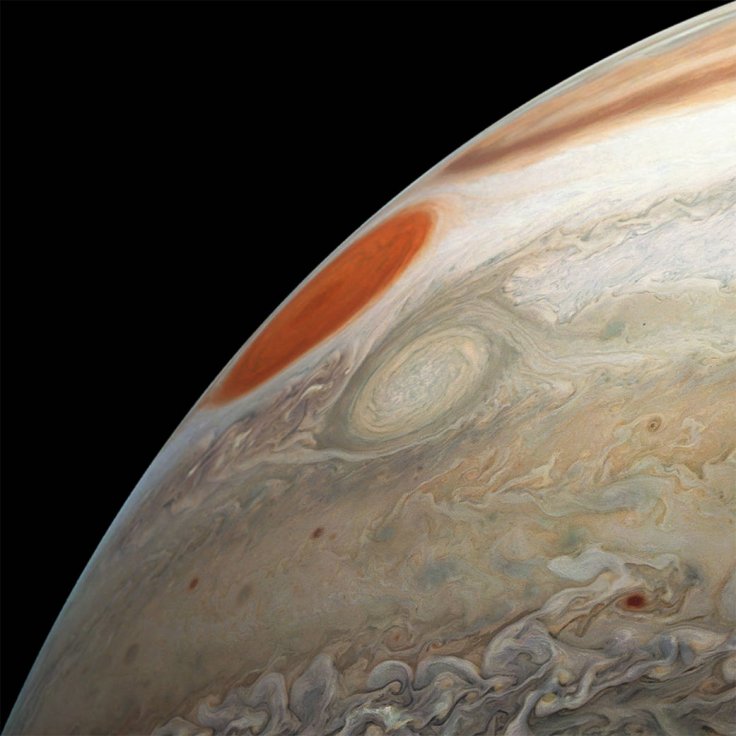
NASA's Juno spacecraft has played a crucial role in broadening human understanding about Jupiter, the gas giant. Previous data sent by the Juno probe had revealed that Jupiter's lightning is very similar to that of the one we experience here on earth, and now the probe has hinted about another aspect of the gas giant that seems more like earth.
In a new study report published in the journal 'Nature Astronomy', scientists have revealed that the magnetic field of Jupiter used to change in the course of time, a phenomenon which has been observed on the earth. During the study, NASA, the United States space agency compared the recent readings of Jupiter's magnetic field with data that was gathered years ago by other missions like Pioneer and Voyage.
As per scientists, it is a phenomenon called 'secular variation' that is resulting in the shifting of the magnetic pole.
"Secular variation has been on the wish list of planetary scientists for decades. This discovery could only take place due to Juno's extremely accurate science instruments and the unique nature of Juno's orbit, which carries it low over the planet as it travels from pole to pole," said Scott Bolton, Juno principal investigator from the Southwest Research Institute in San Antonio in a recent statement.
Experts believe that changes happening deep below is causing a secular variation on the earth. On the other hand, scientists suggest that intense wind far below the cloud tops are triggering magnetic pole changes in Jupiter.
"Finding something as minute as these changes in something so immense as Jupiter's magnetic field was a challenge. Having a baseline of close-up observations over four decades provided us with just enough data to confirm that Jupiter's magnetic field does indeed change over time," said Kimee Moore, a Juno scientist from Harvard University in Cambridge.
A few months ago, the Juno spacecraft had spotted a volcanic plume erupting from the surface of Io, one of Jupiter's moon. It should be noted that Jupiter has 79 known moons, and out of these, Io is considered the most volcanically active.
Last year, an image taken by the Juno spacecraft had emerged as the hottest debating topic among conspiracy theorists and alien enthusiasts. The image released by NASA featured a gigantic green UFO hovering above the surface of Jupiter, and many conspiracy theorists soon jumped to the conclusion that it is authentic proof of alien life. However, experts revealed that the object spotted in the image could be the result of an imaging sensor anomaly.









